Which produce has the most pesticides?
If you're a fan of blueberries, you're going to want to take note.
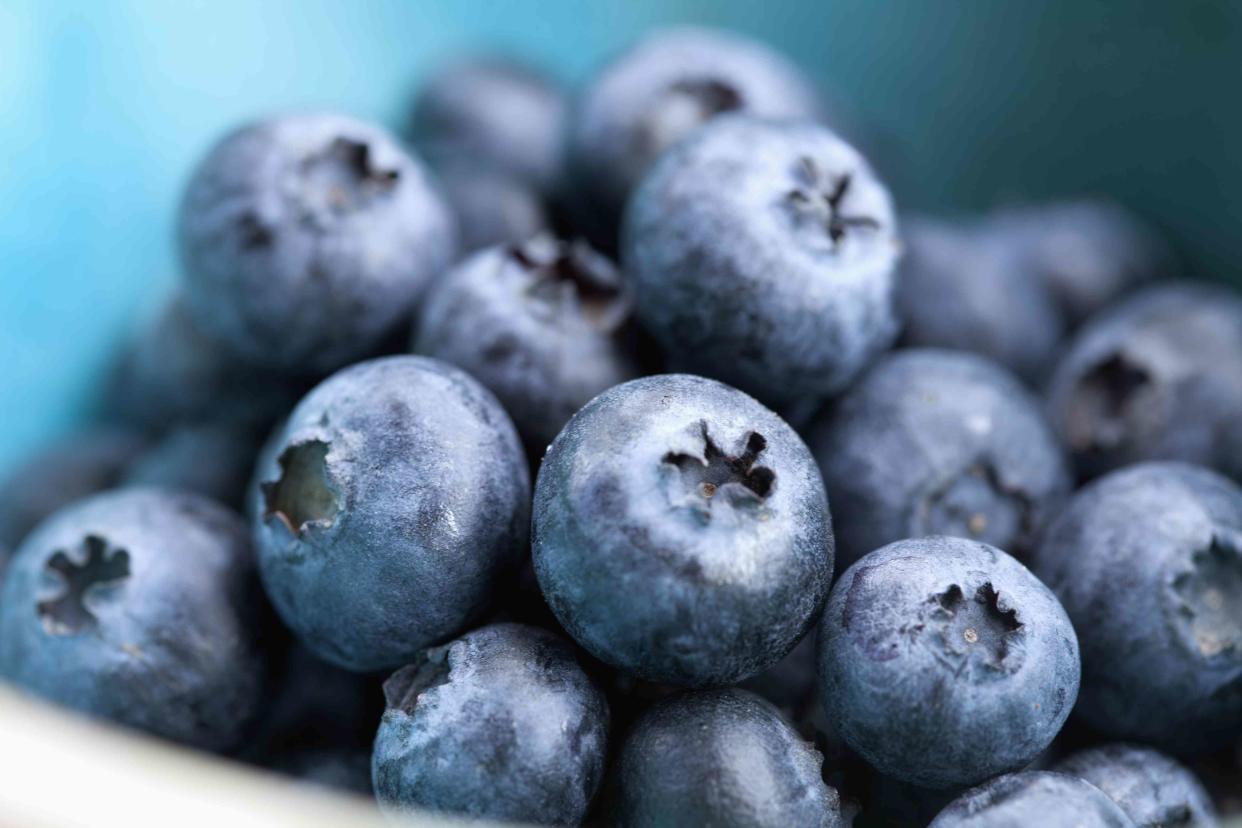
Karen Schuld/Getty Images
Buying all organic can be expensive. But buying all conventionally grown produce could expose you to a variety of pesticides linked to health and environmental issues, including some that have been already banned by the Environmental Protection Agency.
That's why every year, the Environmental Working Group releases two lists: The Dirty Dozen, produce that the United States Department of Agriculture found contaminated with the most pesticides, and The Clean 15, fruits and vegetables that have the least amount of pesticide contamination.
This year, blueberries and green beans were added to the Dirty Dozen, while carrots moved into the Clean 15.
To minimize your exposure to pesticides, try to switch to organic for the produce listed in the Dirty Dozen, and go ahead and opt for the conventionally grown fruits and vegetables in the Clean 15. Here's the list—and the scoop on what's on your fruits and veggies—so you can make educated shopping choices.
Related:Is It Better to Buy Locally Grown or Organic Produce?
The Dirty Dozen Produce
In testing, these fruits and vegetables had 210 different pesticides and insecticides found on them—including pesticides banned by the Environmental Protection Agency. Because many of these fruits and vegetables have thin, edible skins (or no skins at all), it can be hard to get rid of any pesticide residue on them, even with thorough washing.
1. Strawberries
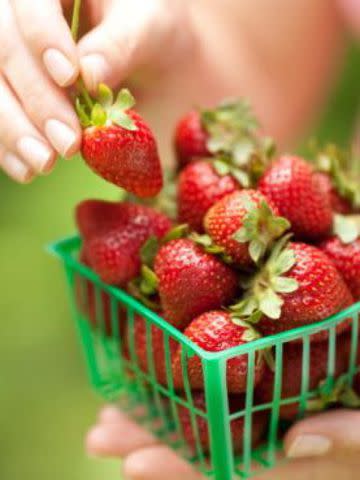
Nearly all non-organic strawberries were contaminated with pesticides (99 percent), and they were the produce most likely to stay contaminated, even after they were washed in the field and at home.
Related:Here's How to Clean Fruits and Vegetables Properly
2. Spinach
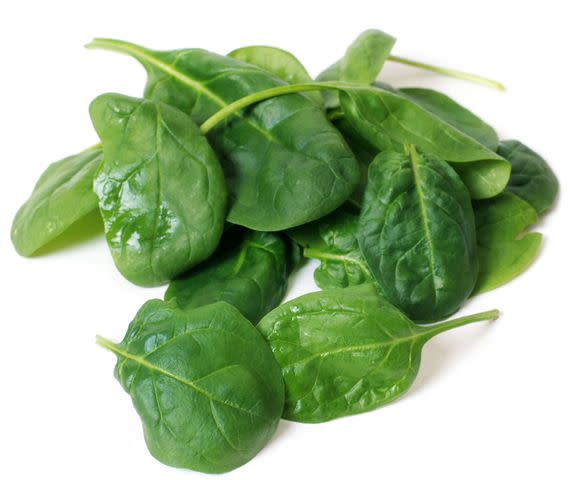
Spinach is near the top of the Dirty Dozen produce list, as it contains more pesticide residue by weight than any other fruits and vegetables, with an average of seven different pesticides in each sample.
3. Kale, collard, and mustard greens
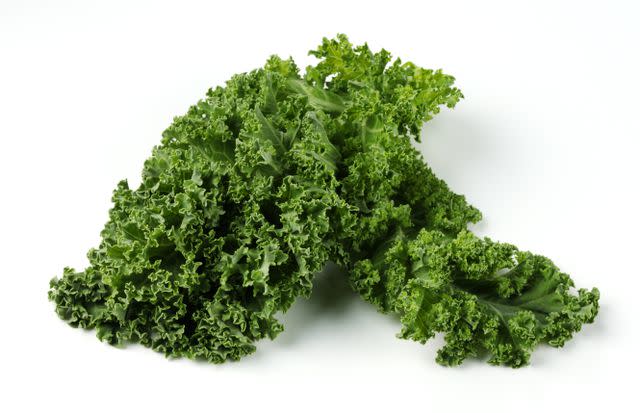
Kale is a favorite superfood, but about 60 percent of the conventionally grown kale and other greens has residue of DCPA, a pesticide that is considered a possible human carcinogen that's been banned in Europe.
4. Peaches
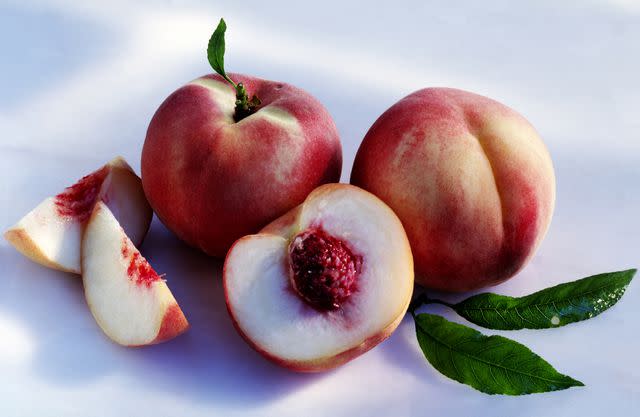
In the Department of Agriculture's recent testing, 56 different pesticides were found on conventionally grown peaches. One hormone-disrupting fungicide, fludioxonil, was found on nearly 90 percent of the samples.
5. Pears
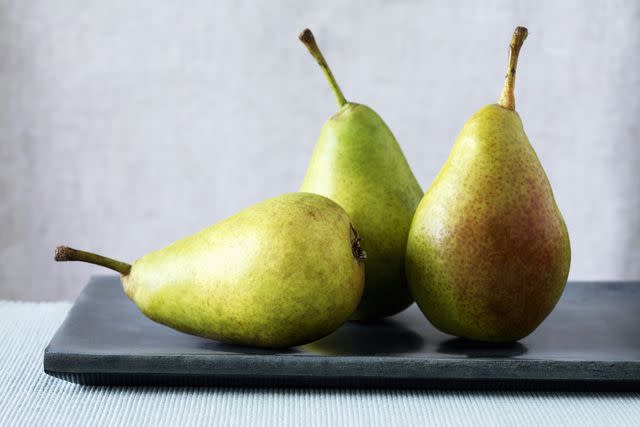
The number of different pesticides on pears have increased significantly since the last round of testing in 2016. Nearly two-thirds of all pear samples had residues of five or more pesticides—compared to 48 percent in 2016.
6. Nectarines
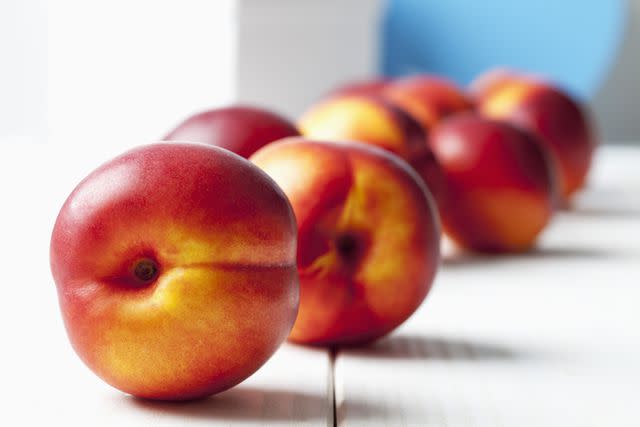
More than half of the samples of nectarines were contaminated with formetanate hydrochloride, a neurotoxin, and 43 percent featured fludioxonil, a hormone-disrupting fungicide that is also a potential bee toxin.
Related:How to Create a Pollinator-Friendly Garden
7. Apples
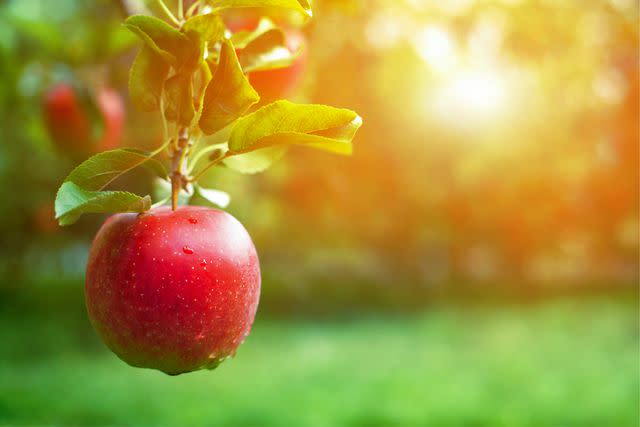
Getty Images/olga_d
A controversial chemical, diphenylamine, is the reason conventionally grown apples are on the Dirty Dozen produce list. Diphenylamine is sprayed on harvested apples to keep their skins from getting brown or black patches when they're in storage. The chemical may potentially break down to nitrosamines, which has been linked to an increased risk of stomach and esophageal cancer.
8. Grapes
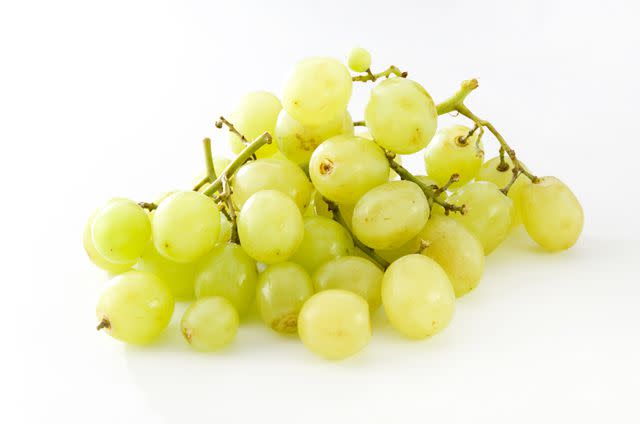
Getty Images/karimitsu
Related:How—and When—to Wash Grapes So They Stay Fresh
Conventionally grown grapes have been found to have 56 different pesticide residues on them, including eight probable carcinogens, 17 suspected hormone disruptors, and 10 neurotoxins, according to What's on My Food.
9. Bell and hot peppers
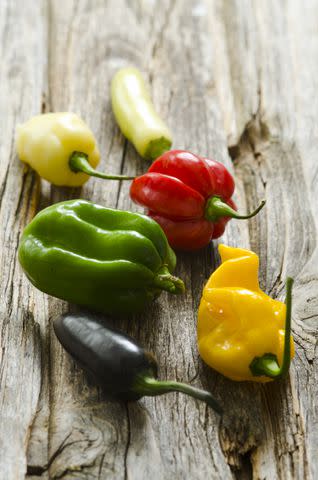
More than 50 different pesticides were found on bell pepper samples, including 21 suspected hormone disrupters, 10 neurotoxins, and three probable carcinogens.
10. Cherries
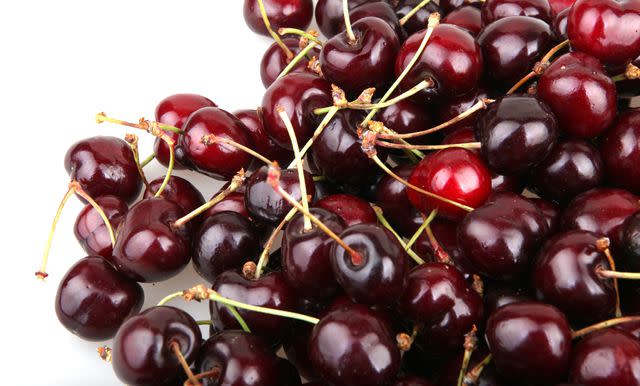
Samples of conventionally grown cherries tested had 42 different pesticide residues, including 20 suspected hormone disrupters, and five probable carcinogens.
11. Blueberries
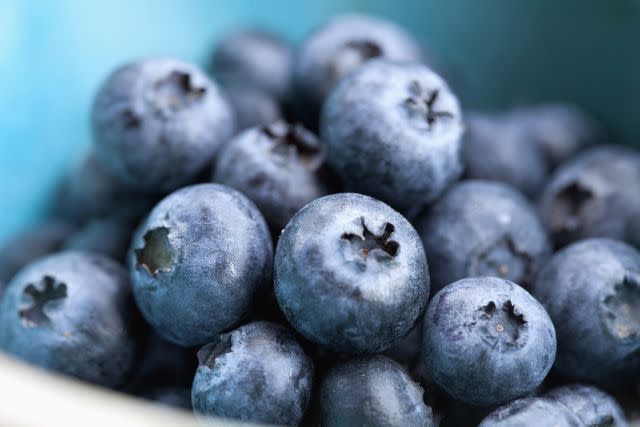
Karen Schuld/Getty Images
Blueberries were added back to the list this year, after a brief hiatus. That's because more than 90 percent of the 765 non-organic blueberry samples tested had traces of pesticides—an increase of 9 percent from 2014—and nearly 80 percent of samples were contaminated with two or more pesticides.
Related:How—and When—to Wash Blueberries for Max Freshness
12. Green Beans
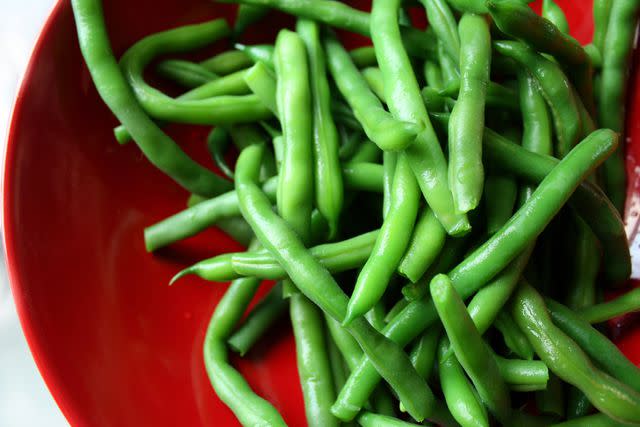
Nearly 90 percent of the green beans tested had pesticides—including acephate, an insecticide that was banned in 2011. (One sample had levels 500 times greater than the EPA's limit!)
The Clean 15 Fruits and Vegetables
If you're looking to save money, these 15 conventionally grown fruits and vegetables had the fewest pesticides on them, according to the Environmental Working Group. (In fact, nearly two-thirds of the foods didn't have a trace of pesticides!) In many cases, these fruits and veggies benefited from having a tough (and inedible) outer skin that protected it from any pesticides. Just remember to still wash the skin before you cut into it, so you don't transfer any chemicals into the fruit or vegetable itself.
If you're looking to reduce your exposure to pesticides, you can still save money by buying conventionally grown avocados, onions, and more.
1. Avocados
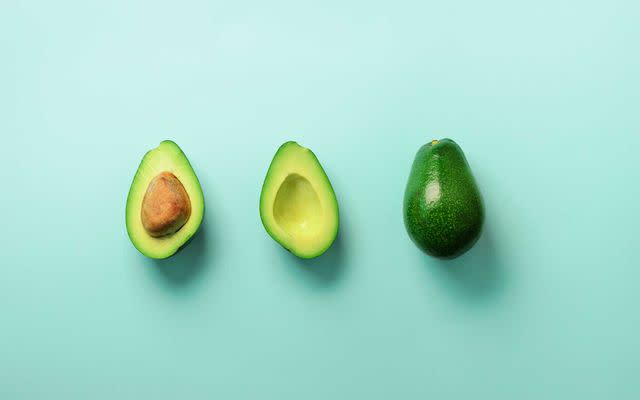
Avocados score the tops in this category, as only 1 percent of samples had a pesticide on it—imiprothrin, which doesn't have any suspected health or environmental effects, according to What's on My Food.
Related:Good News: Avocados Are Even Healthier Than You Thought
2. Sweet Corn
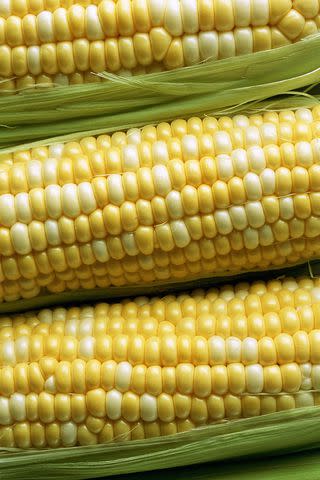
Conventionally grown sweet corn was also highly unlikely to be contaminated with pesticides. Only three pesticide residues were found, and they impacted around 1 percent of all samples.
3. Pineapple
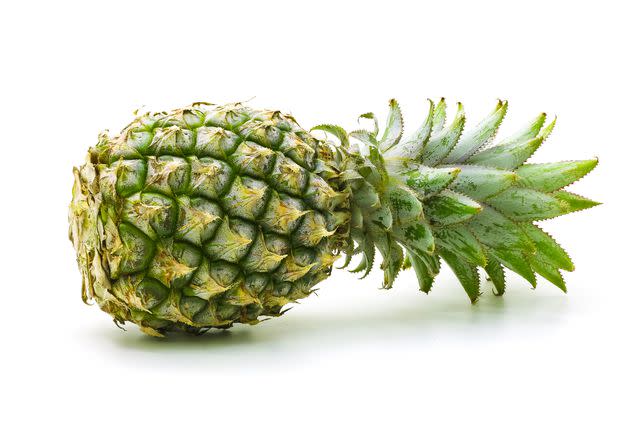
Conventionally grown pineapple samples were found to contain six different pesticides, but they were found in less than 5 percent of samples tested.
4. Onions
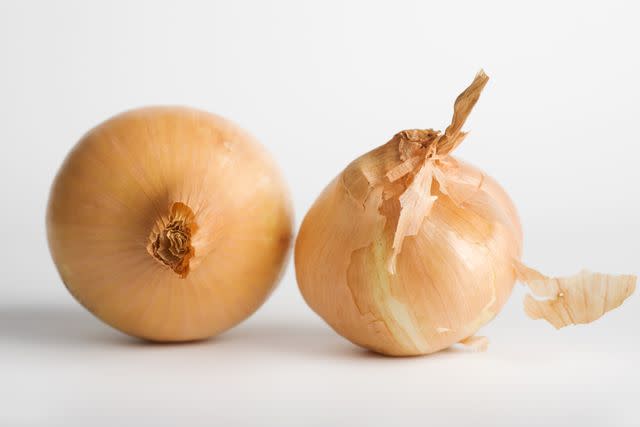
None of the top six "Clean 15" produce products—including onions—tested positive for more than three pesticides.
5. Papaya
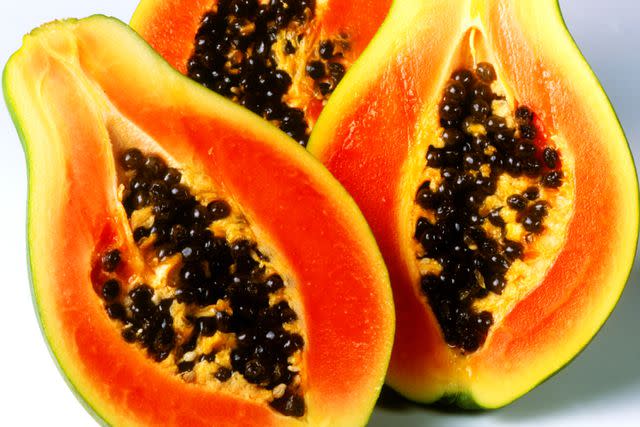
The most common pesticide found on papaya, boscalid, was rated a possible carcinogen—and was only found on 8 percent of samples.
6. Sweet Peas (Frozen)
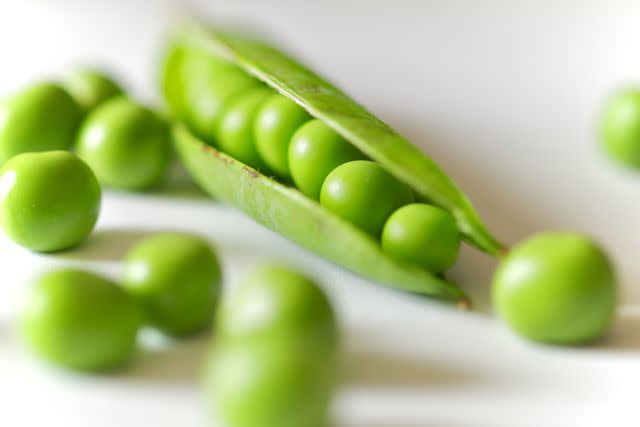
There were a dozen different pesticides found on the samples of frozen peas, but the most common, dimethoate, was only found on 12 percent of the samples.
7. Asparagus
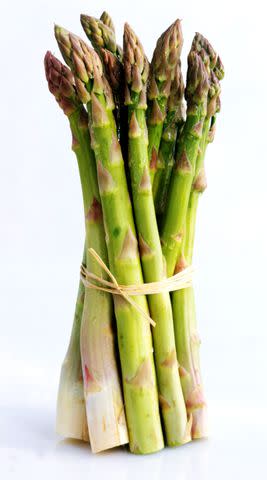
Conventionally grown asparagus had nine different pesticide residues. Its most common one, methomyl, was found on 4.4 percent of samples, and is a neurotoxin, suspected hormone disruptor, and a bee toxin.
Related:How to Cook Asparagus 8 Different Ways—Including Grilled, Roasted, and More
8. Honeydew Melon
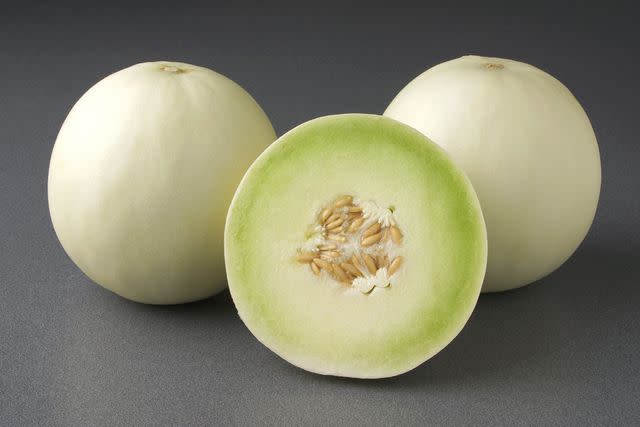
Honeydew melon has moved up the list since the 2020 one, from number 14 to the eighth spot.
9. Kiwi
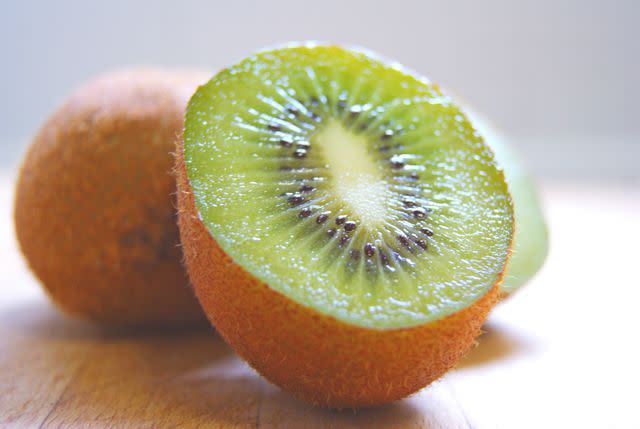
A nutrient-packed powerhouse and bona fide superfood, kiwi has also moved up on the Clean 15, to the ninth spot this year.
10. Cabbage
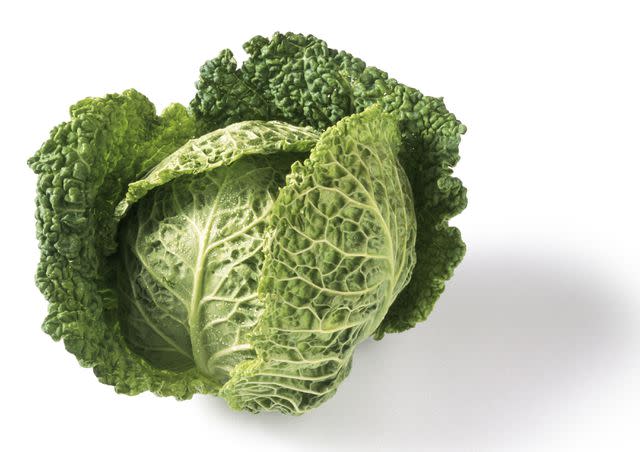
A vast majority of the cabbage had little to no pesticide residue. The most common chemical, imidacloprid, is a bee toxin and was found on less than 10 percent of samples.
11. Mushrooms
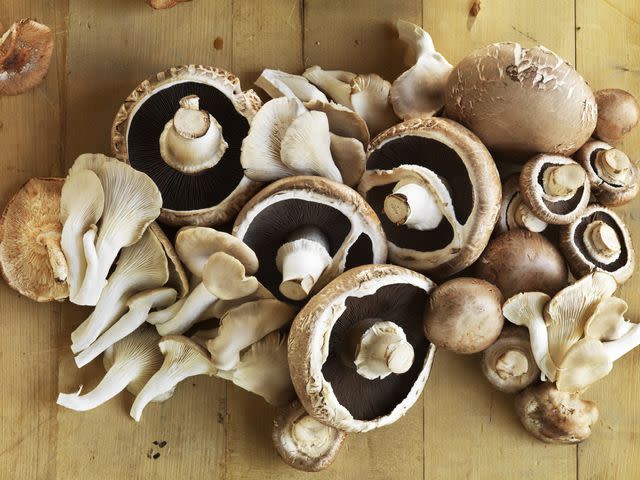
The most common type of pesticide found on mushrooms, thiabendazole, was found on about half of the samples tested.
12. Mangoes
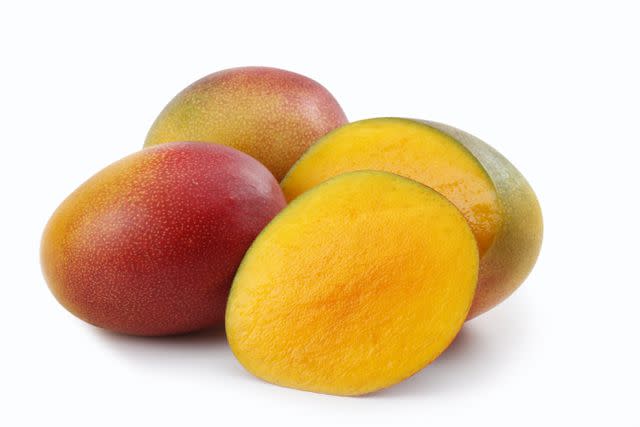
ALEAIMAGE/Getty Images
Thiabendazole was also the most common pesticide used on mangoes, found on 16 percent of samples, with few samples showing other pesticides.
13. Sweet Potatoes
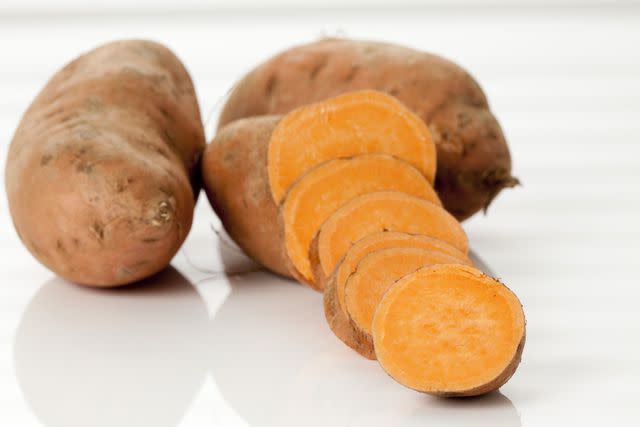
Westend61/Getty Images
The most common pesticide residue on sweet potatoes, dicloran, was found on nearly half of samples, and is a potential carcinogen.
14. Watermelon
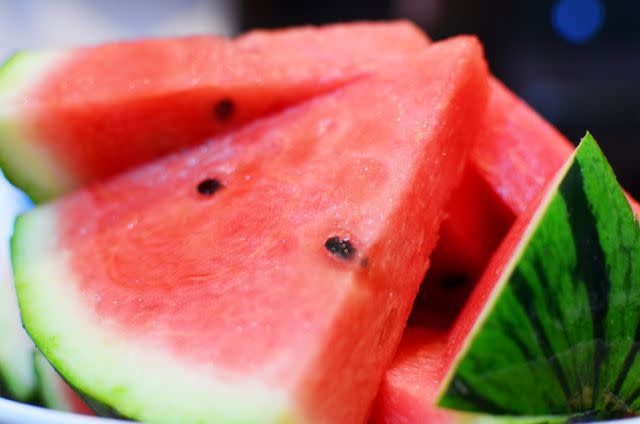
The most common pesticides found on watermelon are bee toxins, including thiamethoxam and imidacloprid, which were each found on 11 percent of the samples tested.
15. Carrots
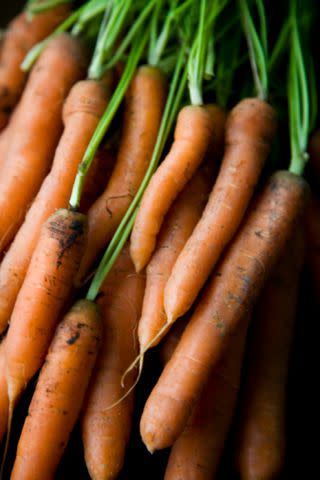
Carrots are new to the Clean 15 list this year, knocking cantaloupe off the list.
For more Real Simple news, make sure to sign up for our newsletter!
Read the original article on Real Simple.






